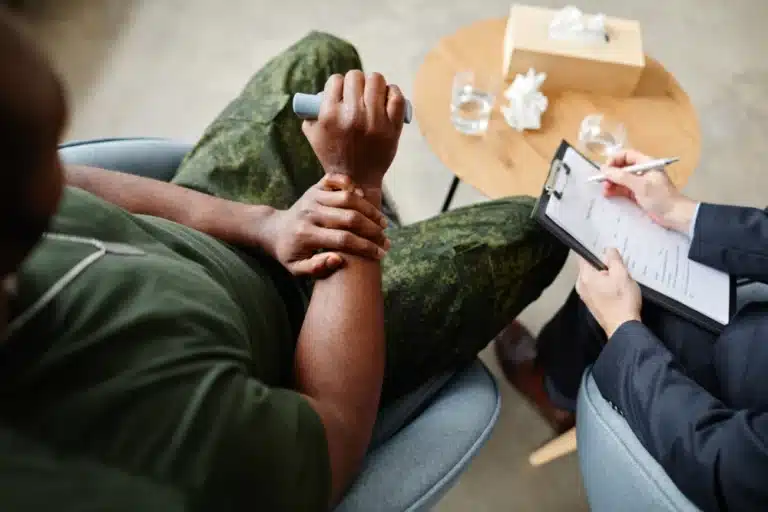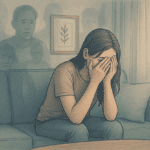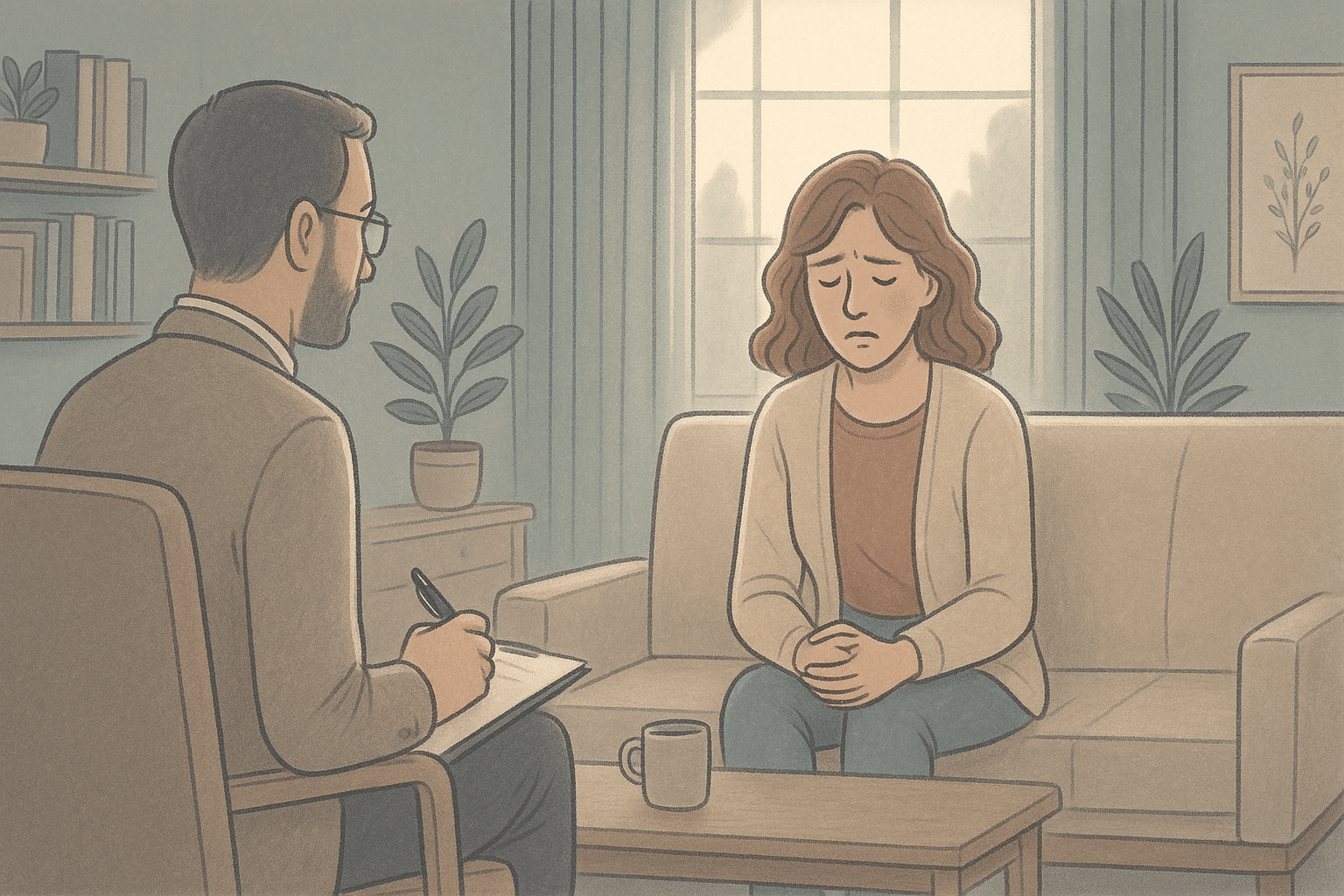U.S. National Institute of Mental Health (NIMH), “Post‑Traumatic Stress Disorder (PTSD),” nimh.nih.gov, accessed September 13, 2025, https://www.nimh.nih.gov/health/publications/post‑traumatic‑stress‑disorder‑ptsd National Institute of Mental Health
PTSD: National Center for PTSD. “Resilience and Risk Factors After Disaster Events.” U.S. Department of Veterans Affairs. Last modified March 26, 2025. https://www.ptsd.va.gov/disaster_events/for_providers/resilience_risk_factors.asp
National Institute of Mental Health. “Traumatic Events and Post-Traumatic Stress Disorder (PTSD).” U.S. Department of Health and Human Services, National Institutes of Health. Last reviewed December 2024. https://www.nimh.nih.gov/health/topics/post-traumatic-stress-disorder-ptsd
Substance Abuse and Mental Health Services Administration. “Child Trauma.” U.S. Department of Health and Human Services. Last updated 9 months ago. https://www.samhsa.gov/mental-health/trauma-violence/child-trauma.
Halligan, Sarah L., and Rachel Yehuda. “Risk Factors for PTSD.” PTSD Research Quarterly, no. 11, no. 3 (Summer 2000). The National Center for PTSD. https://www.ptsd.va.gov/publications/rq_docs/V11N3.pdf.
Olff, Miranda. “Sex and Gender Differences in Post-Traumatic Stress Disorder: An Update.” European Journal of Psychotraumatology 8, no. sup4 (2017): 1351204. https://doi.org/10.1080/20008198.2017.1351204
American Psychiatric Association. Diagnostic and Statistical Manual of Mental Disorders, 5th ed., Text Revision (DSM-5-TR). Washington, DC: American Psychiatric Publishing, 2022.
Southwick, Steven M., and Dennis S. Charney. Resilience: The Science of Mastering Life’s Greatest Challenges. 2nd ed. Cambridge: Cambridge University Press, 2018.















